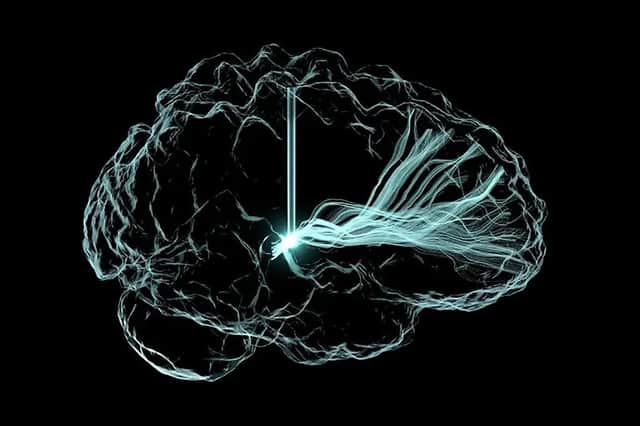Brain implants: electrodes may help those with severe brain injury


People with severe brain injuries may soon be able to regain their focus and attention after a pioneering trial has helped change the lives of five people with moderate to severe brain injuries.
The study, which was published on 4 December, revealed five people whose performance on cognitive tests improved after having electrodes implanted in their heads. Many people with brain injuries often have trouble focusing on even simple tasks and often have to quit jobs or drop out of school, but if the results work in larger clinical trials, the implants could become the first effective therapy for chronic brain injuries, the researchers said.
Advertisement
Hide AdAdvertisement
Hide Ad“This is the first evidence that you can move the dial for this problem,” said Dr. Nicholas Schiff, a neurologist at Weill Cornell Medicine in New York who led the study.
Dr Schiff and his team based the trial on years of research on the structure of the brain which suggested that our ability to focus on tasks depends on a network of brain regions that are linked to each other by long branches of neurons. The regions send signals to each other, creating a feedback loop that keeps the whole network active.
However, some of these connections could be broken when the brain is injured and may not restore itself if the damage is severe. Dr Schiff and his team stimulated the regions known as the central lateral nucleus - a thin sheet of neurons about the size and shape of an almond shell - which might help people with traumatic brain injuries regain their focus and attention.
In the study, Dr. Jaimie Henderson, a neurosurgeon at Stanford University, guided the electrode through the brain, to the central lateral nucleus after scanning each volunteer's brain, and implanted the electrodes in six volunteers - one of them had to drop out of the study after developing a scalp infection.
Advertisement
Hide AdAdvertisement
Hide AdThe remaining five volunteers took follow-up tests a month after the study and in the exam with letters and numbers, their scores jumped anywhere from 15- 52%.
Gina Arata, one of the volunteers who received the implant, was 22 when a car crash left her with fatigue, memory problems and uncontrollable emotions and she abandoned her plans for law school and lived with her parents in Modesto, California after being unable to keep down a job.
In 2018, 18 years after the crash, Ms. Arata received the implant. Her life has changed profoundly, she said. “I can be a normal human being and have a conversation,” she said. “It’s kind of amazing how I’ve seen myself improve.”
Comment Guidelines
National World encourages reader discussion on our stories. User feedback, insights and back-and-forth exchanges add a rich layer of context to reporting. Please review our Community Guidelines before commenting.
